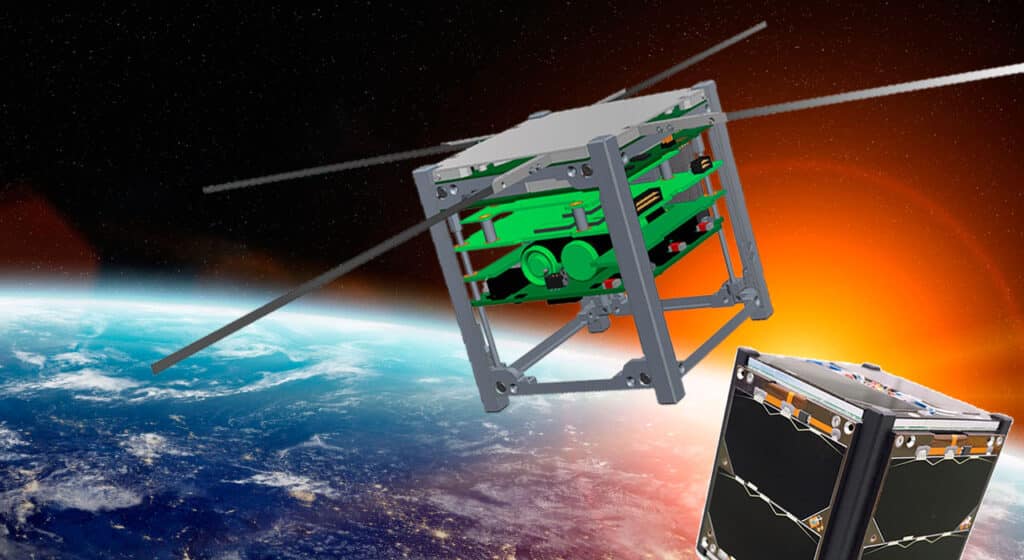There is a special project led by a group of NASA scientists. It is a combination of art and science: it is called "The Tree Of Life”And wants to connect the Earth with space through a song that will last two centuries.
This special "concert" will be broadcast by radio to a spacecraft in low orbit, and played (perhaps I should say "sung" by trees transformed into living antennas for the occasion.
It looks like it came out of the pen of a science fiction writer, right?
Yet “The Tree of Life” (by the way also the title of a Terrence Malick film that I love) is really interesting. The "singing" trees project is in fact part of a wider effort to develop a potential future spacecraft capable of reaching Proxima B, an exoplanet located 4,2 light years away from us.
Among the many planets of our Solar System, Proxima B is one of the unique ones. It has a temperature almost similar to that of Earth, with liquid water on its surface and the potential to host life, however, with our current technology, reaching it would take approximately 6.300 years. For this scientists, they are looking for improvements that push the boundaries of technological lifespan forward.
Trees that play a long song in space
The idea is this: the trees will be equipped with digital sensors that detect changes in the surrounding environment. Special software will convert that data into sound frequencies and transmit it via a radio signal in the form of music to unknown planets.
“As the light, water and temperature of the tree change, so do the melody, volume and actual sound of the song,” he explains Julia Christensen, Chairman of the Space Song Foundation, a crossroads between science, art and design. “In the short term you will hear changes in the song as the day turns to night, as the clouds pass over the tree, as the seasons change, etc. But in the very long term (decades or centuries) we will experience important global changes in climate and other parameters."
It will be a long "recital" of trees that will sing the destinies of our planet. Basically the San Ramo Festival, obviously via satellite.
Why trees?

Proponents of the project could have chosen pretty much anything for the experimental communication system, but they went for trees. I think it's the right choice, as they will continue to exist for many decades and tell a more complete story of life on Earth. As long as they aren't trees of the Amazon, of course.
The spacecraft at the center of the experiment, which is expected to operate continuously for 200 years, has yet to be built. However, second Steve Matousek, advanced concept manager at NASA JPL's Innovation Lab, the team will begin testing prototypes based on cubesat within the next year. And if all goes as planned, the first two trees will start signing their songs in New York and Los Angeles.


